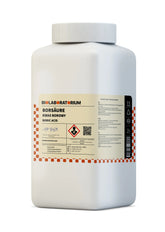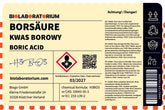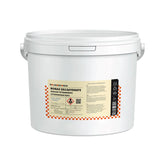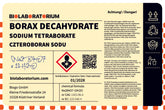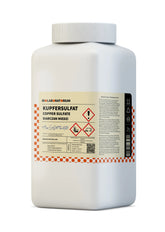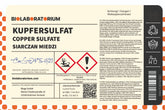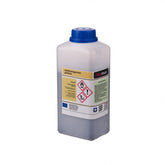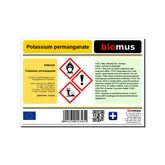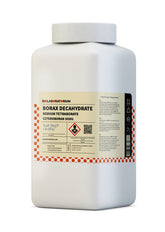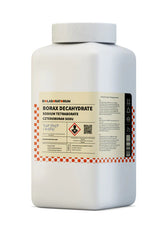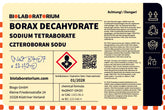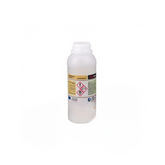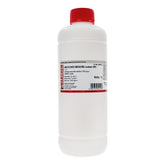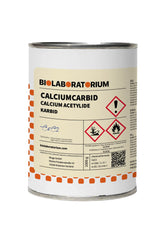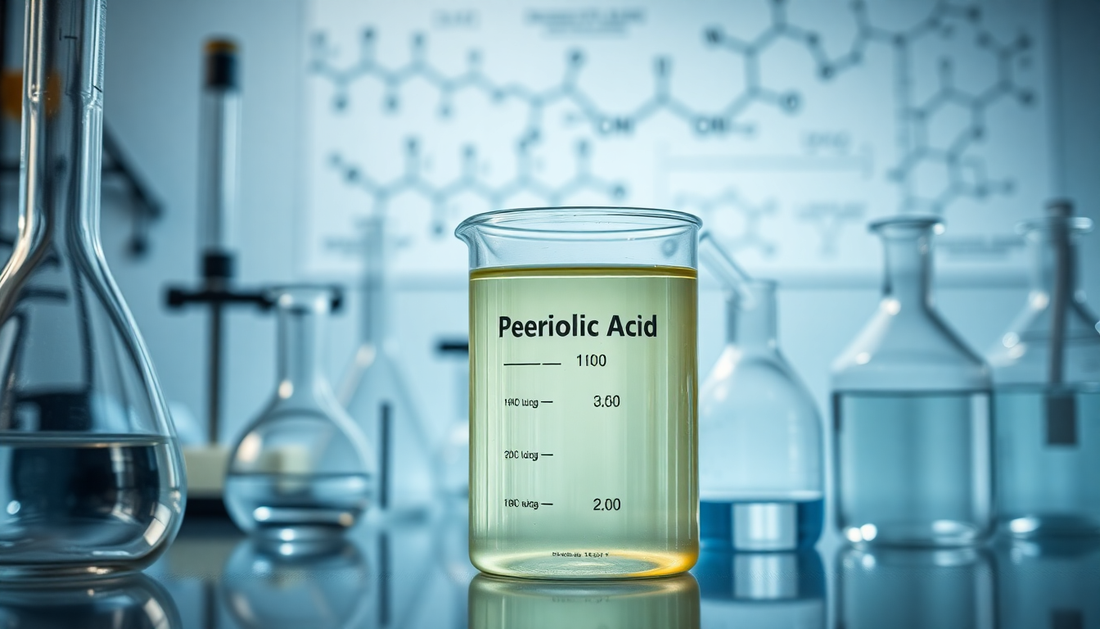Periodic Acid: Versatile Oxidizing Agent for Laboratory and Industry
Periodic acid, also known as metaperiodic acid or orthoperiodic acid, is a fascinating inorganic compound with a wide range of applications in chemistry, biology, and industry. With its unique structure and oxidizing properties, periodic acid has established itself as a valuable tool in numerous laboratory applications and industrial processes.
In this blog post, we will examine the key properties, applications, and safety aspects of periodic acid in more detail to provide a comprehensive understanding of this versatile oxidizing agent.
What is Periodic Acid?
Periodic acid, with the chemical formula H5IO6 or HIO4, is an inorganic acid composed of iodine, oxygen, and hydrogen. It belongs to the group of halogen acids and is distinguished by its strong oxidizing power.
The structure of periodic acid is characterized by an iodine atom surrounded by four oxygen atoms. This arrangement gives the compound a tetrahedral geometry, which is significant for many of its properties and reactions.
Physical and Chemical Properties
Periodic acid is a colorless, crystalline solid at room temperature. It is well soluble in water and forms a colorless, slightly acidic solution. The pH of an aqueous periodic acid solution typically ranges between 1 and 2.
Due to its strong oxidizing power, periodic acid reacts with many organic and inorganic compounds. For example, it can oxidize alcohols to aldehydes or ketones, convert sulfides to sulfones, and even break down hydrocarbons.
Furthermore, periodic acid is relatively thermally unstable and can decompose explosively upon heating or contact with organic materials. Therefore, special safety measures must be observed when handling and storing periodic acid.
Applications of Periodic Acid
Due to its diverse reactivity, periodic acid finds application in numerous areas. Some of the most important fields of use are:
Analytical Chemistry
In analytical chemistry, periodic acid is frequently used as an oxidizing agent in titrations and redox reactions. For example, it can be employed for the determination of ascorbic acid (vitamin C), hydrogen peroxide, or iron(II) ions.
Organic Synthesis
In organic synthesis chemistry, periodic acid serves as a mild, selective oxidizing agent. It is used for the oxidation of alcohols to aldehydes or ketones, the cleavage of glycols, and the oxidation of sulfides to sulfones.
Biochemistry and Molecular Biology
In biochemistry and molecular biology, periodic acid is used for the oxidation of carbohydrates, particularly glycans. This process can be used for structural elucidation of biomolecules or for modifying protein surfaces.
Industrial Applications
In industry, periodic acid is used as an oxidizing agent in bleaching agents, disinfectants, and water treatment products. Furthermore, it is employed in the textile, paper, and plastics industries.
Further Applications
In addition to the mentioned application areas, periodic acid is also used in medicine, metal processing, electronics industry, and research. Its versatility makes it a valuable tool in numerous application fields.
Safety Aspects When Using Periodic Acid
As mentioned, periodic acid must be handled with caution due to its strong oxidizing power and thermal instability. Therefore, several safety aspects must be considered when using periodic acid:
Personal Protective Equipment
When handling periodic acid, wearing appropriate personal protective equipment (PPE) is essential. This includes at least safety goggles, laboratory gloves, and a lab coat. Depending on the application, additional measures such as a respirator or a fume hood may be required.
Storage and Transport
Periodic acid must always be stored separately from organic materials, reducing agents, and fuels. The storage temperature should be as low as possible to increase thermal stability. During transport, the applicable hazardous goods regulations must be observed.
Disposal
Due to the oxidizing power of periodic acid, special care must be taken during disposal. Contaminated materials and solutions must be disposed of properly and in accordance with applicable environmental regulations.
First Aid
In case of contact with periodic acid, first aid measures must be taken immediately. This includes thoroughly rinsing the skin and eyes with plenty of water. If swallowed, medical help should be sought without delay.
Conclusion
Periodic acid is a fascinating and versatile oxidizing agent that plays an important role in numerous application areas of chemistry, biology, and industry. Its unique structure and reactivity make it a valuable tool, but it must be handled with the necessary caution and safety.
Through a deeper understanding of the properties, applications, and safety aspects of periodic acid, scientists, laboratory technicians, and industry experts can optimally utilize its potential while minimizing risks. Periodic acid is a fascinating example of how chemical compounds, when used responsibly, can make valuable contributions to research, development, and production.

